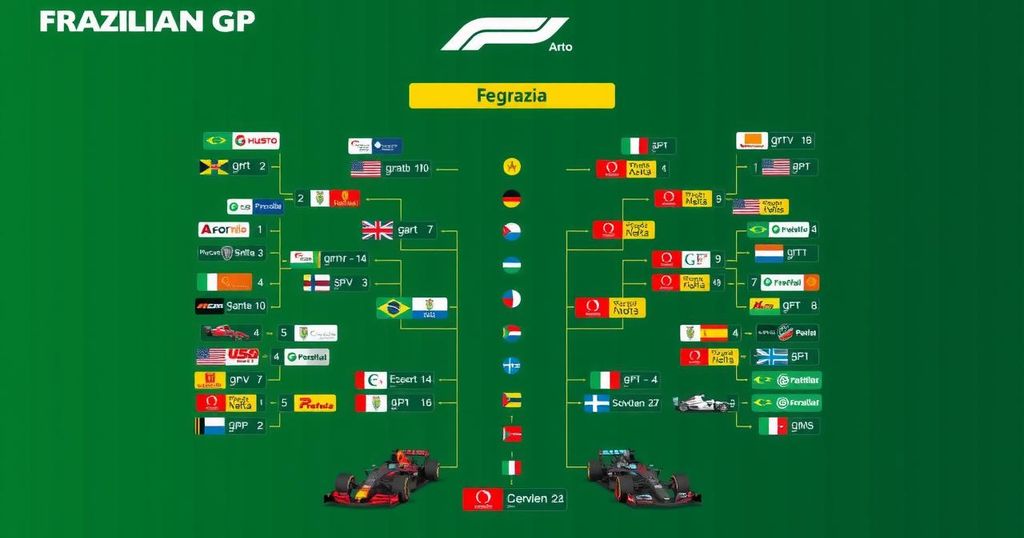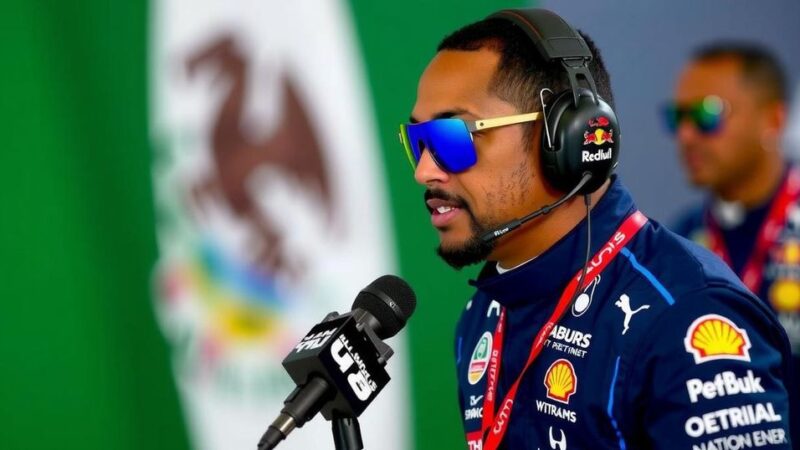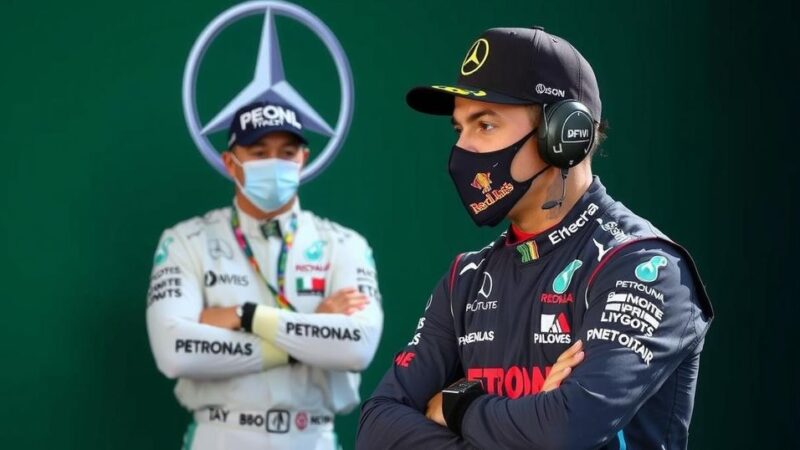The potential cancellation of qualifying for the F1 Brazilian Grand Prix has raised questions regarding how the race grid will be formed. Currently, the 2024 regulations are unclear about grid formation under such conditions. Changes for 2025 have been proposed but are not applicable. In the absence of clear guidance, stewards may rely on previous practice results to determine the starting order.
The possibility of qualifying for the Brazilian Grand Prix being canceled due to inclement weather has raised interesting questions regarding the formation of the race grid. In the absence of a definitive rule in the current 2024 FIA Formula One Sporting Regulations addressing how a grid should be determined when qualifying does not occur, confusion prevails. As it stands, the regulations do reference certain scenarios that relate to drivers who fail to set a qualifying time but do not explicitly clarify the process for a complete cancellation. Article 39.4b discusses unclassified drivers, suggesting that if qualifying is aborted, drivers without times could potentially be categorized based on performance in the prior practice session or, in the case of sprint weekends, the sprint qualifying session, which would complicate the determination of grid positions. Notably, a revision for the 2025 season introduces clearer guidelines for such situations. According to Article 42.1, if qualifying cannot proceed, the race grid will then be determined based on the drivers’ standings in the championship, contingent on steward approval. This change, however, is not applicable in the current season due to timing constraints from recent regulatory meetings. The lack of clarity has precedent; during the 2019 Japanese Grand Prix, stewards utilized their authority from the International Sporting Code to decide on grid formation when qualifying was plagued by rain. On that occasion, they utilized the last competitive times from the previous practice sessions to establish the starting order. In the event of a similar situation during the Brazilian Grand Prix, it is anticipated that stewards could default to using sprint qualifying results or another selected session to create the grid, as they possess the discretion to choose whichever criteria they deem appropriate. Thus, the formation of the grid under such unprecedented circumstances remains uncertain, pending the stewards’ decision if qualifying is ultimately canceled.
Formula 1 has specific regulations regarding qualifying, but the unexpected weather conditions leading to a postponement in the Brazilian Grand Prix have left gaps in the established rules. The 2024 F1 Sporting Regulations do not clearly define how to handle grid formation in cases where qualifying is unable to occur entirely. Amendments have been proposed for the upcoming 2025 season that aim to address and clarify these scenarios, thereby removing ambiguities for teams and drivers in future races. Current regulatory interpretations may rely on prior practice times or sprint qualifying outcomes, leading to debates amongst teams and officials about the fairest method of establishing grid order.
In conclusion, the uncertainty surrounding the grid formation for the Brazilian Grand Prix, should qualifying be canceled, stems from the FIA’s lack of specific provisions in the current regulations. Without clarity, stewards will wield considerable discretion, likely reverting to previous practice session results to ensure a fair starting order. This debate exemplifies the continual evolution of regulations in Formula 1, emphasizing the importance of clear guidelines for unexpected circumstances in future seasons.
Original Source: www.autosport.com






